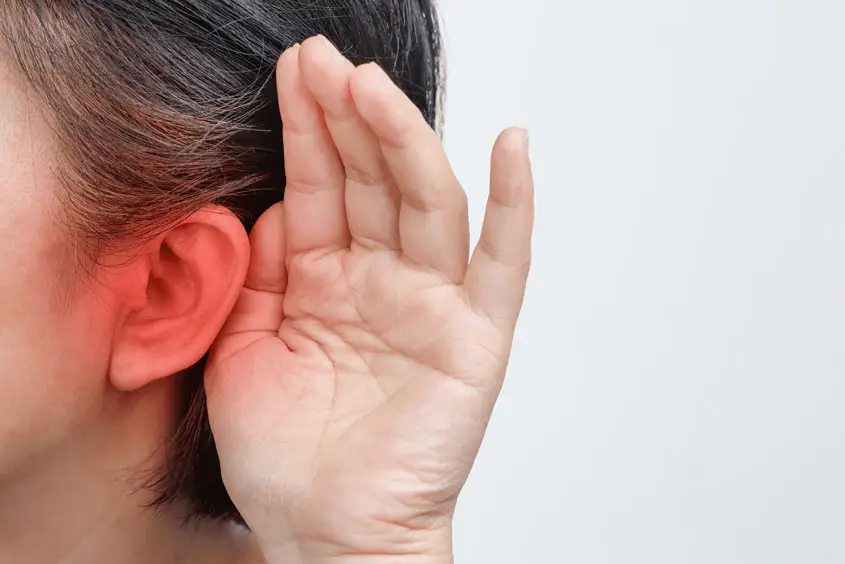
The ear consists of three main parts: the outer ear, the middle ear, and the inner ear. Each part is made up of related structures that play different in the process of converting sound waves into signals transmitted to the brain. There are three types of hearing loss: conductive (including the outer ear or middle ear). Sensorural (including the inner ear). Mixed (both).

When to wear a hearing aid?
A hearing aid is essentially an electro-acoustic amplifier, the sound signal is converted into an electrical signal a microphone (transducer), amplified by an amplifier, and then converted back into a sound signal by a receiver and transmitted to the human ear. A hearing aid is mainly of a microphone, an amplifier, a receiver, a battery, various volume tone control knobs, and other components.

A few basic structures of a hearing aid
The several basic structures of a hearing aid
- The microphone (transmitter or microphone) receives sound and converts it into an electrical wave form, that is, converts sound energy into electrical energy.
- The amplifier amplifies the electrical signal (transistor amplification circuit).
- The earphone (receiver) converts the electrical signal into an acoustic signal (that is, converts electrical energy into sound energy).
- The earmold (earplug) is placed in the external auditory canal.
- The volume control switch.
- The power source zinc-air battery for the amplifier.
- The housing, which protects the internal structure components of the hearing aid.
Hearing aids work on the principle of acoustic-to-electric conversion, selectively amplifying sounds of different frequencies according to different hearing loss, ensuring that soft sounds are amplified without making loud sounds too loud. In the process of sound processing, hearing aids use intelligent noise reduction technology, binaural fusion, dual micro and other new technologies to improve hearing conditions, especially speech clarity in noisy environments.
Normal hearing is below 25db, 26-40db is mild loss, whether to wear a hearing aid depends on the situation, 41-60db is moderate hearing loss, after the appearance of moderate hearing loss, hearing aids need be worn, 61-80 is severe hearing loss, and it is very necessary to wear hearing aids, which can provide great help.
Hearing loss caused degenerative changes in the elderly should consider wearing hearing aids, and early wearing is more effective. “When hearing loss occurs and affects the quality of life, the elderly should use hearing as soon as possible. Maintaining normal hearing ensures that the elderly do not fall behind society and can communicate normally with others. This is helpful for the elderly’s brain training can also prevent the onset of elderly depression and anxiety.”
The adjustment of hearing aids, a hearing aid is chosen well, and the sound is comfortable to hear, but the adjustment technology is not up to par, no matter how good the hearing aid is, it will not have a good effect. The elderly should have a reasonable expectation of hearing aids If you want to hear clearly, you need to strengthen speech training after wearing them. Rehabilitation takes time, and you also need to have an optimistic attitude and persistent efforts to achieve results!







